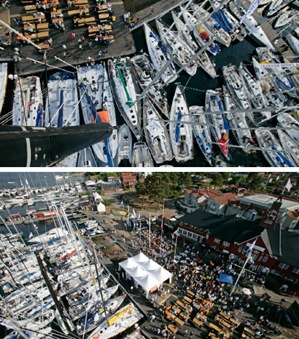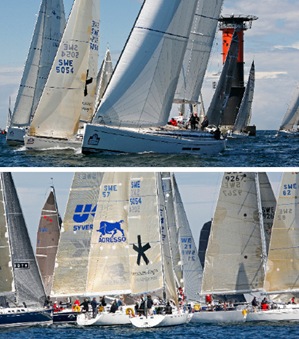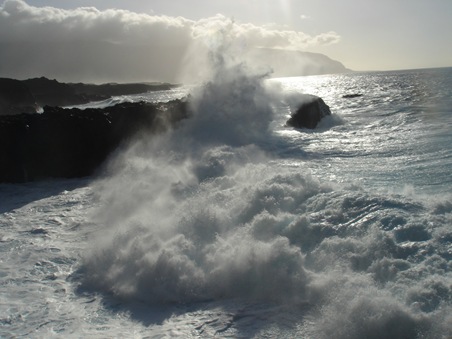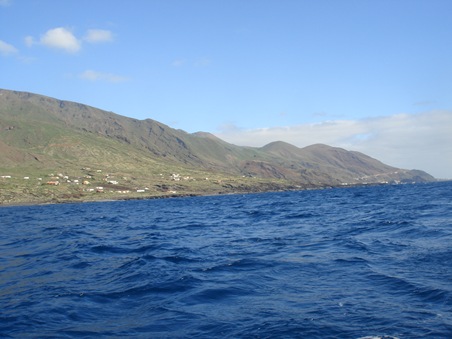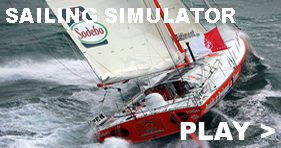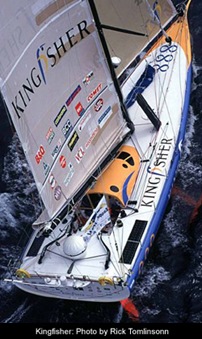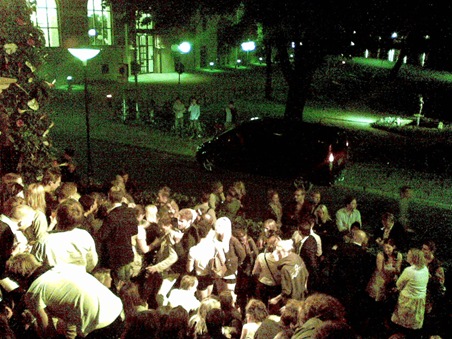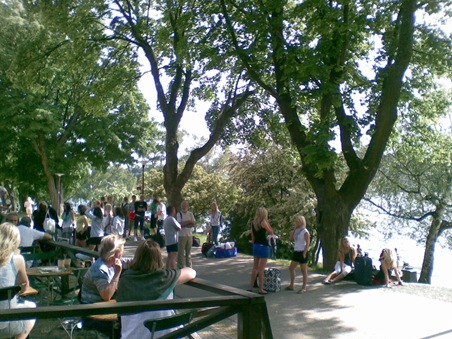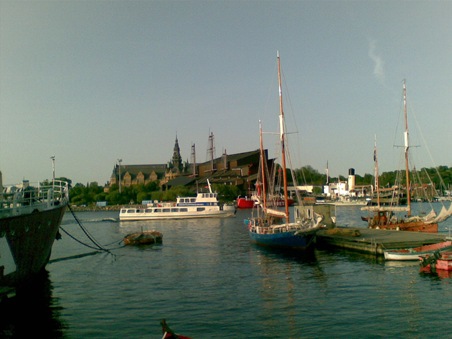My land based training schedule this year includes the NY Marathon. The NY marathon is one of the world's great road races, drawing more than 100,000 applicants.
The competition will be tought. The race attracts many world-class professional athletes, not only for the the prize money, but also for the chance to excel before two million cheering spectators and 315 million worldwide television viewers.
With 4 months to go ( out of which I will be training in Spain for 8 weeks). Im currently covering about 15km a day, thrice a week and 3 weekly sessions in the gym (with a day off, usually Sundays).
While there are many different ways to train for the NY marathon, I find a 12 hour session every two weeks has worked best for me.
The greatest challenge for a solo skipper is keeping the yacht moving even under daunting conditions. The ever present threat of Icebergs and running into whales, working on deck for more than 14 hrs a day for 200 days is quite a norm... its all about perspective as they say...



